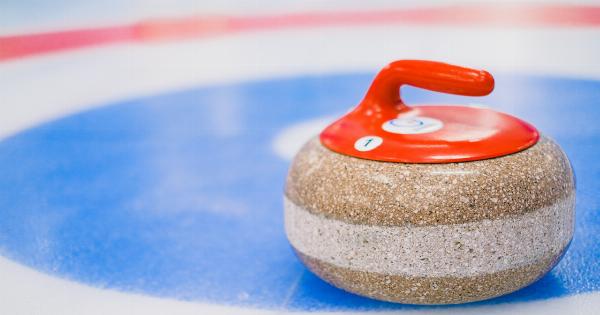Warts are unsightly growths that are caused by the human papillomavirus. They can appear anywhere on the body, but the most common areas are the hands, feet, and face. Warts can be painful, embarrassing, and contagious.
Fortunately, there are several options for removing warts. Here are some of the most effective wart treatment options:.
Cryotherapy
Cryotherapy is a procedure that uses liquid nitrogen to freeze the wart. The liquid nitrogen is applied to the wart using a cotton swab or spray gun. The freezing causes the wart to die and eventually fall off.
Cryotherapy is a quick and painless procedure, but it may require multiple treatments to be effective. It can also result in scarring or discoloration of the skin.
Salicylic Acid
Salicylic acid is an over-the-counter treatment that can effectively remove warts. It is available in the form of a patch, gel, or liquid. The salicylic acid works by breaking down the skin cells that make up the wart.
It can take several weeks to see results from salicylic acid, and the treatment may need to be repeated several times. Salicylic acid is generally safe and does not usually cause scarring.
Electrosurgery
Electrosurgery is a procedure that uses high-frequency electrical energy to remove the wart. A local anesthetic is used to numb the area around the wart, and then an electric current is used to burn the wart off.
Electrosurgery is effective, but it may cause scarring.
Laser therapy
Laser therapy is a procedure that uses a high-intensity beam of light to burn off the wart. This treatment is effective and generally painless, but it can be expensive and may require multiple treatments. Laser therapy can also cause scarring.
Surgical removal
Surgical removal is a common treatment for warts that cannot be treated with other methods. The wart is removed using a scalpel or other surgical instrument. This treatment is effective, but it can be painful and may cause scarring.
Home remedies
There are many home remedies that people use to treat warts, including duct tape, apple cider vinegar, and garlic. While these remedies may be effective, there is no scientific evidence to support their use.
Prevention tips
The best way to prevent warts is to avoid contact with the virus that causes them. This can be difficult, as the virus is highly contagious and can be spread through skin-to-skin contact or contact with contaminated surfaces.
Here are some tips to reduce your risk of getting warts:.
- Keep your hands clean and dry
- Wear shoes or sandals in public showers or locker rooms
- Avoid sharing personal items like towels or razors
- Keep cuts and scrapes clean and covered
- Avoid touching other people’s warts
Conclusion
Warts are a common and often embarrassing condition, but there are several effective treatments available. The best treatment option will depend on the size, location, and type of wart.
If you have a wart, make an appointment with your healthcare provider to discuss your treatment options.































